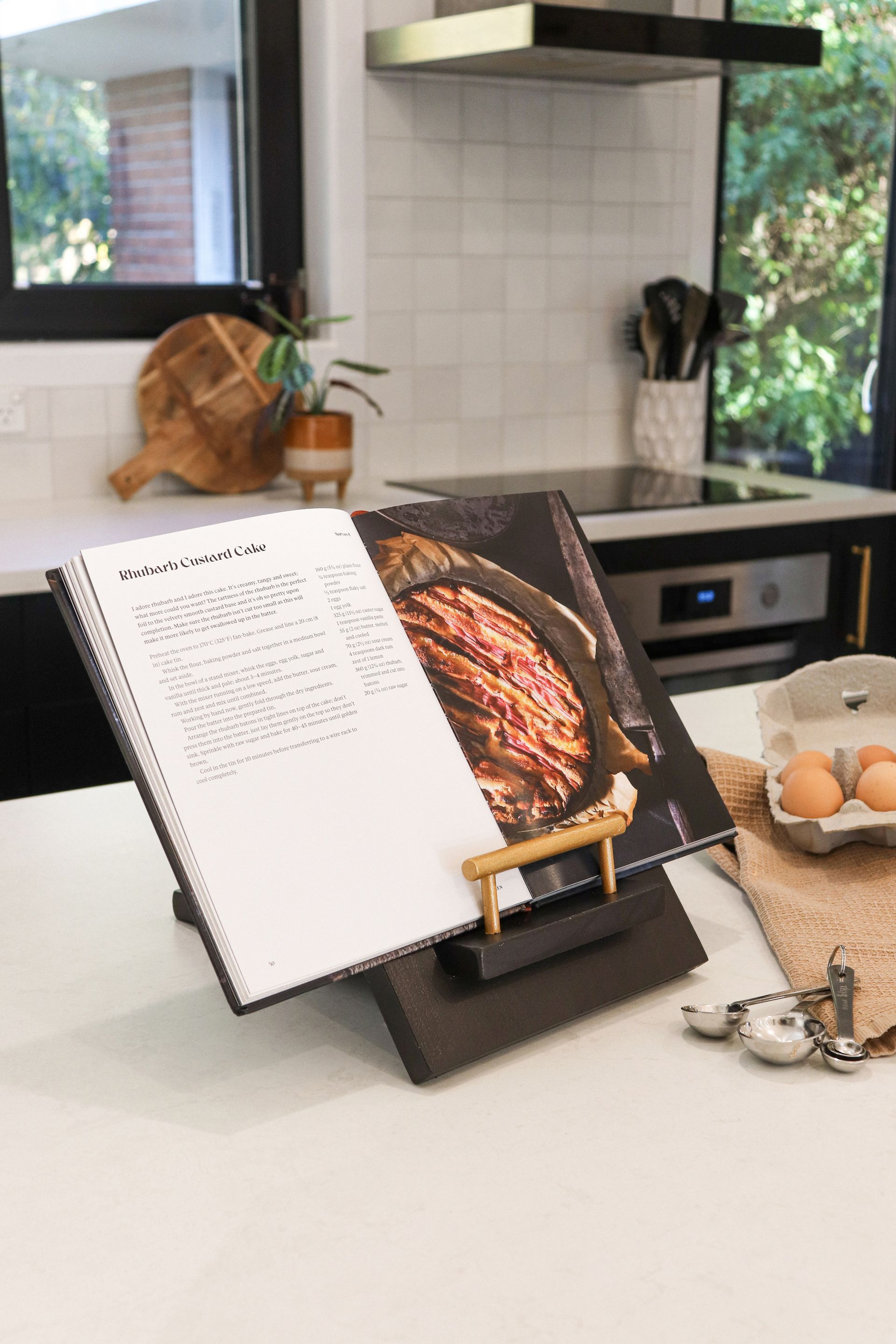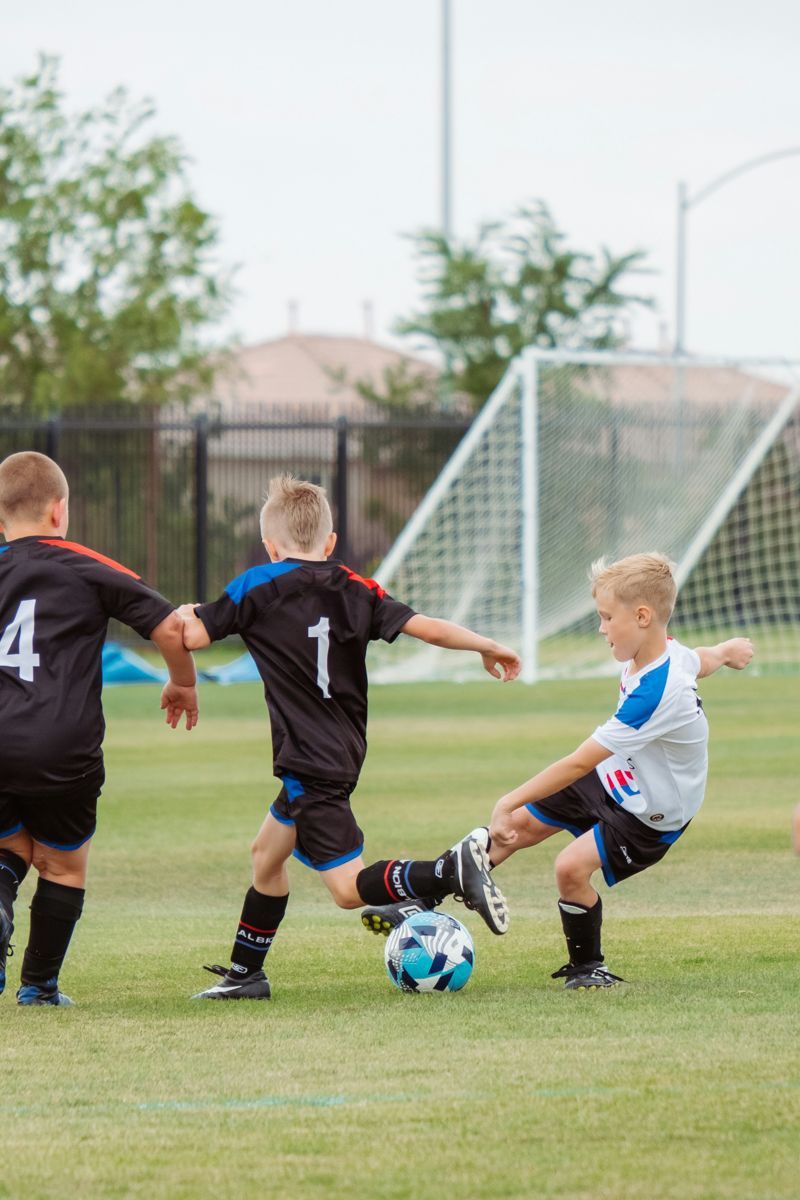Tucked away snug against beautiful native bush, sits the
Staveley Ice Skating and Curling Rinks. Established in 1951 by locals, the ice-skating rink has grown to include a pavilion, extensive parking, toilet block, lighting and music. There are now three rinks: two for skating and one for curling.
In 1949, the idea for an ice rink at Staveley was first considered by locals Eddie Totty and Ted Burgess Snr. A meeting was called, and Sydney Bufton volunteered to take temperature readings for the next two years at various potential sites. The data was collected, the site chosen and the Staveley Ice Rink Company formed. There were originally 26 shareholders who took partially paid shares to raise the capital to start the project.
The local community, with its strong history of togetherness and Kiwi ingenuity set to work clearing the site, a swamp by the river, by filling it with stones. A second rink was made a year later. A road was constructed, and a bridge was built.
Since its inception supporters from far and wide have made the trip for a day out. Buses from Christchurch would come down on weekends. A gramophone played waltzes, fires were lit and marshmallows toasted as farmers, locals and visitors socialised. These days the essence is still the same with fires, hot chocolate and music.
In 1974 a third rink was built for curling (managed by the Windwhistle Curling Club, one of only a few curling clubs in Canterbury).
For the last 30 years, The Staveley Hall Society has managed the rink in a volunteer capacity, and people still today come from far and wide to soak up the unique opportunity to skate on one of the few natural outdoor rinks in New Zealand. Warmer winters, however, have affected the ice and therefore, the length of the ice skating and curling season. The four inches required to safely skate on has been harder to achieve, resulting in a tangible need for a new system.
A project committee has been focused on seeking funding to install a new refrigerated concrete pad which only needs two inches of ice. This would guarantee three months of ice skating and curling for locals and visitors. They are still looking for further grants and funding to reach their goal.
There is a history of bringing the community together during the harder winter months at Staveley – a place of connection and activity. The importance of a community hub has been highlighted over recent years with the outbreak of both Mycoplasma bovis and Covid as well as the destructive 2021 floods. Having an alcohol-free place for people to meet up, keep social connections going and be active all while having fun are paramount to wellbeing. It is affordable, casual, accessible and caters to all ages. Why not put a visit on your calendar?
For more information regarding their fundraising efforts, or to donate visit facebook.com/StaveleyIceRink/
Recent stories





